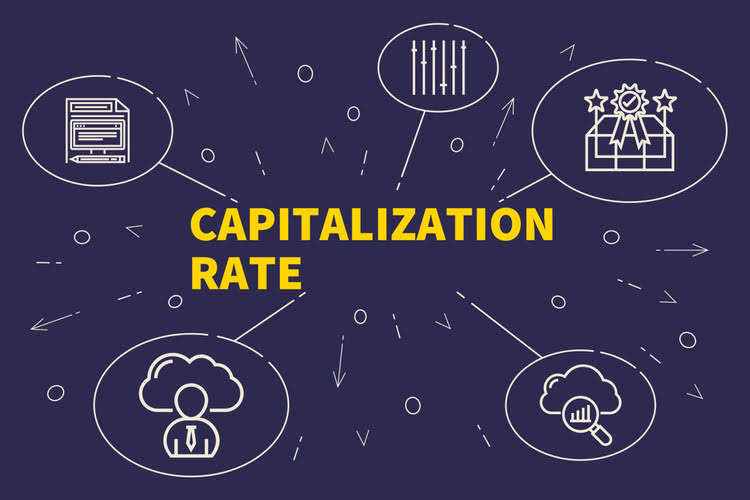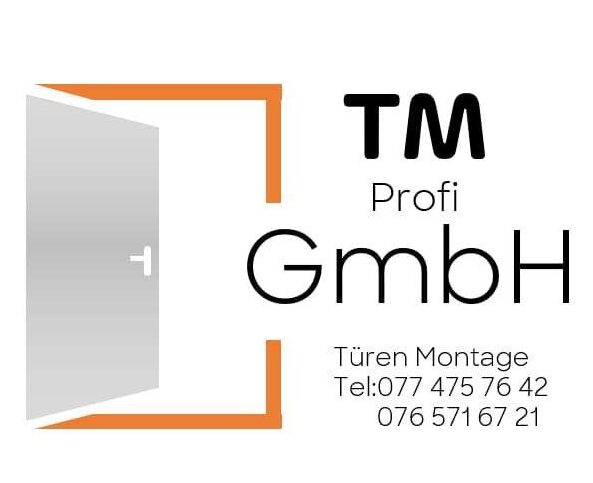
In brief, LCM allowed accountants to measure inventories at the lower of historical cost or market value, where market value could mean replacement cost, net realizable value (NRV), or NRV less a normal profit margin. Another advantage of NRV is its applicability, as the valuation method can often be used across a wide range of inventory items. Often, a company will assess a different NRV for each product line, then aggregate the totals to arrive at a company-wide valuation. A result of 110% probably means that your business is expanding revenue from current customers faster than it’s losing revenue to customer churn — a clear indicator of growth. In addition, the decision-makers conducted several sensitivity analyses, which helped them derive an “advantage per dollar” metric rooted in the organization’s ideal outcomes. As a result, the organization chose to pursue the digital technology because, despite its higher up-front cost, it would deliver a greater advantage per dollar in the long term.
Try the 8 most effective email templates to get your invoices paid on time

The NRV is commonly used in the estimation of the value of ending inventory or accounts receivable. SaaS companies with strong customer retention and account expansion strategies often achieve NRR rates above 120%. This indicates that account expansion revenue (upgrades and add-ons) significantly outweighs churn. Industry leaders like Slack and Snowflake report high net revenue retention rates exceeding 130%, showcasing their ability to generate substantial growth from existing customers. We believe the solution lies in supplementing NPV analyses with metrics that cover other priorities the investments aim net realizable value to advance, such as resilience, adaptability, and sustainability. Furthermore, assessing these factors in a rigorous way gives management teams a fuller picture of how a given combination of investments can help them achieve strategic imperatives.

Net Realizable Value in Accounting
However, the company anticipates https://www.bookstime.com/articles/how-to-scale-a-business that it will incur a collection cost of $200 and may not be able to collect $300 of the invoice amount due to potential bad debt. The calculation for Net Realizable Value has a variety of methods to get an answer. No matter which method you use to find the NRV, the value you find must fit the conservative method of accounting reporting.

Impact of NRV on Financial Statements
- Calculating the net realizable value involves a straightforward process that ensures assets are valued correctly.
- Cost accounting is part of the managerial accounting of a company that aims to capture the production cost of a manufacturing intensive company.
- The market value of this inventory i2 is $200, and the preparation cost to sell this inventory i2 is $30.
- It has a wooden table in its inventory, and the expected selling price is $1,000.
- The practice of avoiding the overstatement of assets is called accounting conservatism.
- As technology evolves and production capabilities expand, unsold inventory items may quickly lose their luster and become obsolete.
US GAAP does not permit a write-up of write-downs reported in a prior year, unlike international reporting standards, even if the net realizable value for inventory has been recovered. However, it is important to know the steps to follow to make an accurate calculation besides knowing the formula. Listed below is a series of steps that one must consider for a reliable NRV analysis. In Accounts Receivable, the NRV is computed by determining the Allowance for Bad Debts from total outstanding and then subtracting this from the Total Accounts Receivable. There are different methods for calculating this depending on the purpose of finding the NRV. Mostly like you won’t have to break out the calculator since the formula is very simple.
- NRV is the valuation method which is adopted by the firms to ensure they price the assets properly.
- NRV is calculated by subtracting the estimated selling cost from the selling price.
- Both GAAP and IFRS require us to consider the net realizable value of inventory for valuation purposes.
- In the world of business, it’s essential to know where your company is at financially.One metric you may come…
- Gain unlimited access to more than 250 productivity Templates, CFI’s full course catalog and accredited Certification Programs, hundreds of resources, expert reviews and support, the chance to work with real-world finance and research tools, and more.
- Regarding inventory management, your net realizable value determines the inventory’s liquidation value.
How to calculate cash realizable value?
- Net realizable value is a critical concept in accounting, used to ensure that the value of assets on financial statements is not overstated.
- For anyone involved in accounting or finance, grasping the concept of NRV is essential for accurate asset valuation and financial analysis.
- This approach is particularly relevant for businesses dealing with entities that undergo a joint production process, helping them determine the most financially beneficial point to measure their inventory value—the split-off point.
- In inventory, the NRV is used to allocate for the joint costs of the products prior to the split off in order to come up with the sales price of the individual products.
- They then modeled the impact of these complementary factors based on how significant stakeholders considered each factor to be.
- A “good” net revenue retention rate varies depending on the industry, business model, and customer base.
Under the market method reporting approach, the company’s inventory must be reported on the balance sheet at a lower value than either the historical cost or the market value. If the market value of the inventory is unknown, the net realizable value can be used as an approximation of the market value. Understanding NRV and its application not only ensures compliance with accounting standards but also supports effective financial management and strategic planning.
Free Templates from Docelf
Companies must now use the lower cost or NRV method, which is more consistent with IFRS rules. The ultimate goal of NRV is to recognize how much proceeds from the sale of inventory or receipt of accounts receivable will actually be received. This relates to the creditworthiness of the clients a business chooses to engage in business with.
Create a free account to unlock this Template

It usually requires retained earnings balance sheet certified public accountants (CPAs) to do the job as it involves a lot of judgment. Net Realizable Value of an asset is at which it can be sold after deducting the cost of selling or disposing of the asset. Since in NRV, a firm also considers the cost, hence it is known as a conservative approach to the transaction.
